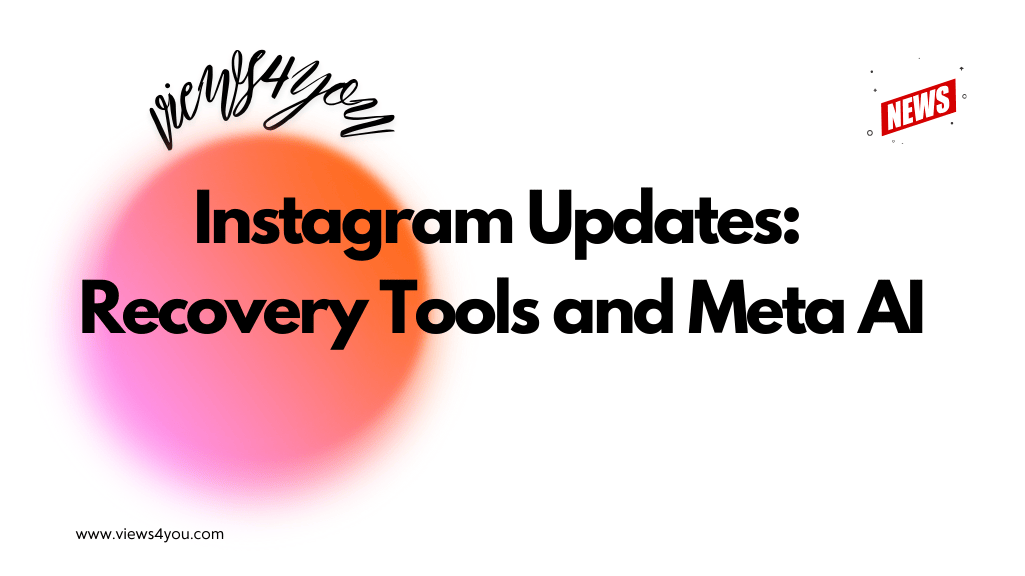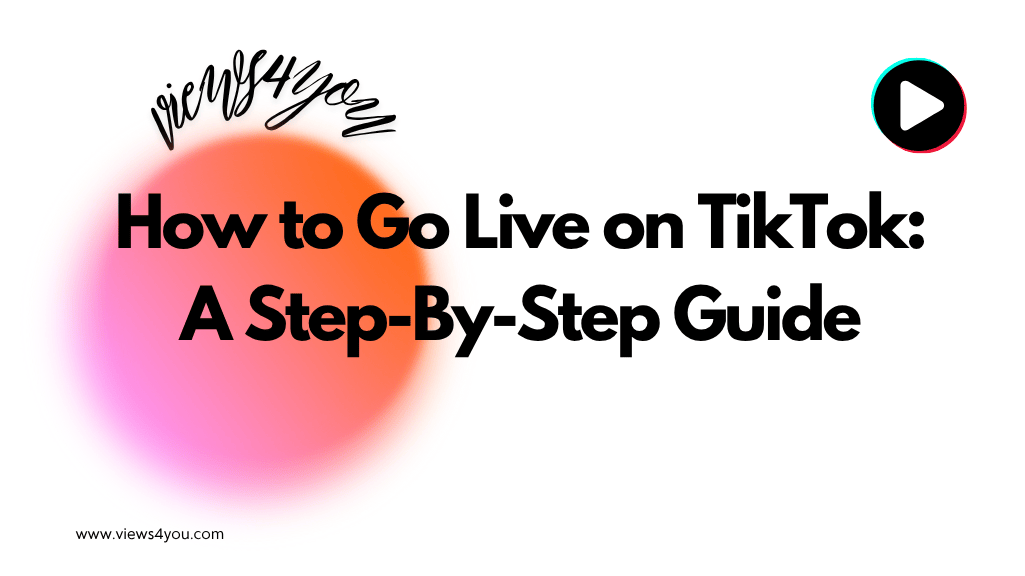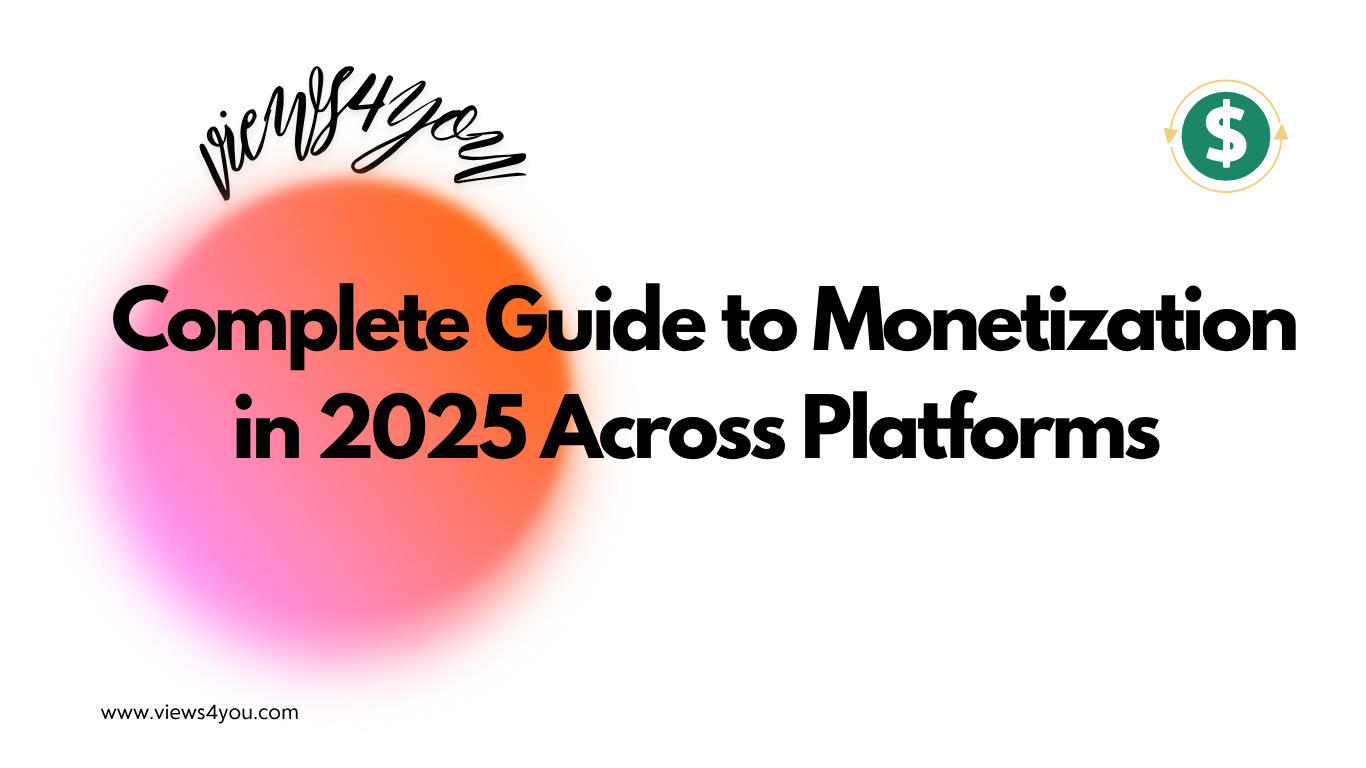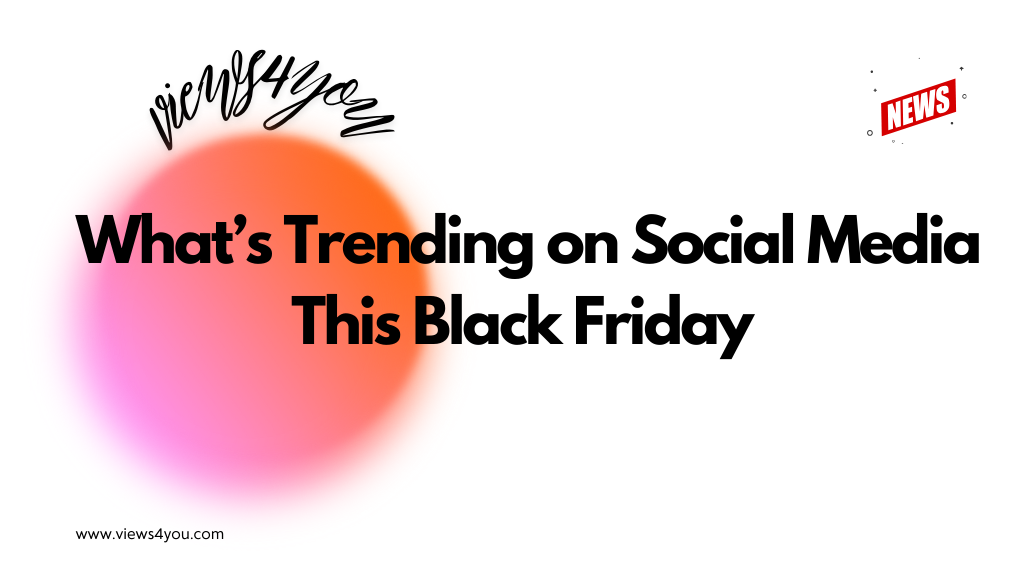YouTube Ambient Mode is a visual feature that creates a soft, color-matched glow around the video player, extending the hues of the video beyond its borders. Unlike standard dark mode, which simply darkens the interface, ambient mode responds dynamically to the video’s colors in real time, reducing screen-to-environment contrast and enhancing immersion for a calmer, more comfortable viewing experience.
YouTube ambient mode is not actually an inky dark background, it is actually a gentle glow that pushes the colors in the video beyond the bounds of the player, creating visible depth and a richer, engaging experience.
In contrast with normal dark mode, which merely flattens the interface, ambient mode acts in real-time according to the content. It is an intuitive viewer interface adjustment that works towards reducing visual disconnection and pulling you closer into the screen without distraction.
Not Just a Glow: Ambient Mode Feels!
YouTube’s ambient mode is visually different, but it also alters the brain’s perception of the screen. Soft ambient light that matches the color scheme of the video causes a halo effect around the player, and it accomplishes two things, it minimizes the jarring screen-to-environment contrast, and it emulates the nature-like gradients in the field of vision.
The soft gradient in the light is the difference. It calms the eyes, increases screen relief, and decreases the mental load of looking into the glare of a brightly lit rectangle in the emptiness.
From an ergonomics point of view, ambient mode keeps the light levels from being too bright or too dim, which is especially helpful for longer sessions. An effect that is both minor and important. It can make your eyes less tired, help you focus, and make your session last longer and be more enjoyable overall, which is good for YouTube users.
When ambient mode is turned on, users will be calm and passive, doing things like their usual watch without being distracted by things like the UI or the edges of the screen. It doesn’t demand attention like algorithmic suggestion does, instead, it calms.
The dark theme does offer a low-light setting for all users, but the dark theme is different from ambient mode in two ways, static black and motion. One blocks out distractions, while the other lets them in along with the information.
Ambient Mode Changes Content: Aesthetic Over Algorithm?
Ambient mode affects how we see and feel videos. When video color mixes into the background, it affects the perception of emotion and tone. It adds richness if it is bright and warm, on the other hand, It adds tension if it is dark and cool. It is such a faint effect that we adjust our mood unconsciously.
This matters to creators. When your video begins with pinks and soft reds, ambient mode takes that mood beyond the frame. It’s no longer just what is in the box, the area in and around it is now included in the story. It lets you lead emotion yet another step further, before the viewer has even pressed play.
Intro frames and thumbs become increasingly important. Since ambient mode is responding to color, those initial frames can set the tone for the entire mood in the experience while watching. It is using emotion in visual elements to get viewers watching, in other words, alter the algorithm in your favor in order to increase your engagement.
Scroll Less, Watch More
Ambient mode on YouTube changes how people behave while watching. You might ask how? Well, that’s how:
- Longer Watch Time: People tend to watch videos for longer when ambient mode is turned on. The smooth background light makes it easier on the brain, which extends the time you can watch YouTube videos in ambient mode.
- Fewer Interruptions: When the contrast is low, people don’t stop, skip, or scroll as much. It makes people more likely to passively consume content, so watching ends up being a habit instead of an active one.
- Binge-Friendly Viewing: Ambient lighting sets a mood that makes you not want to click away as quickly. It puts all the videos into one stream, which makes binge-watching more likely, especially when using groups or autoplay.
- Reduced Screen Fatigue: Less eye strain makes it easier for people to be comfortable for longer amounts of time, especially when there isn’t much light, which is a big part of how people watch TV at night.
To put it simply, ambient mode gets rid of visible noise. This makes people more likely to relax, use fewer buttons, and just watch, which is exactly what YouTube wants.
Ambient Mode The Future of UX on YouTube
It was created as an aesthetic feature, but it promises something greater, the immersive, design future of the complete YouTube experience just like YouTube’s restricted mode. It is no longer simply in the background, it is now integrated into the manner in which the video is viewed. It softens the screen and the surroundings, and it would be an easy thing for YouTube to extend.
Here’s where it could go:
- Dynamic UIs: Consider ambient mode synchronizing with music videos, playing in real-time according to beats, transitions, etc., like an enhanced Spotify Canvas.
- Interactive Mood Layers: Genre-specific mood-sensitive visual environments adjust the degree of the glow consistent with genre, dark for thriller, light for vlogs. Menu-less customization.
- Fullscreen Looping Elements: TikTok’s full-screen watch loop revolutionized viewing. YouTube can continue building ambient mode with the same visual response for vertical video.
These aren’t far off the mark at all. Interfaces already trend toward video UX that prioritizes vibe and emotion rather than the straight interface. As attention spans decrease, soft signals such as ambient mode capture the audience while not being intrusive.
In fact, over 72% of users say they’re more likely to engage with content that “feels natural or emotionally resonant” than content that is strictly informative or formal. We can expect more such next-gen video features, the kind that require no explanation, yet instinctively feel better.
FAQs
Can the ambient mode on YouTube be customized or controlled by the user?
Yes, though with some limitations. Ambient mode will automatically turn on when you turn on dark theme and watch in desktop and phone fullscreen. In-depth setting in the form of color selection and intensity is not an option, it is purely an on/off option based on the mode and theme.
Does ambient mode affect mobile data or battery usage on phones and tablets?
Slightly, yes. Ambient mode may increase GPU activity due to the dynamic background rendering, especially on devices with OLED or high-refresh-rate screens.
Is ambient mode available on all types of YouTube content, including Shorts and live streams?
No, not typically. It currently mainly facilitates normal video play in full screen when dark theme is activated. It is not displayed on Shorts, most embeds, or in mini players. Live streams may accommodate it depending on the site and design, however, in an uneven manner.






